
See why top ecommerce brands use Miva’s no-code platform to run
multiple stores, manage massive catalogs, and grow their revenue.
It’s a new year, and with every new year comes new digital trends that businesses need to adopt to keep up with the times. 2014 will be full of new platforms and trends aimed at bringing you closer to your customers than ever before. In this article, we highlight some of these rising trends and share some key advice for your online business to keep relevant in today’s rapidly changing digital world.
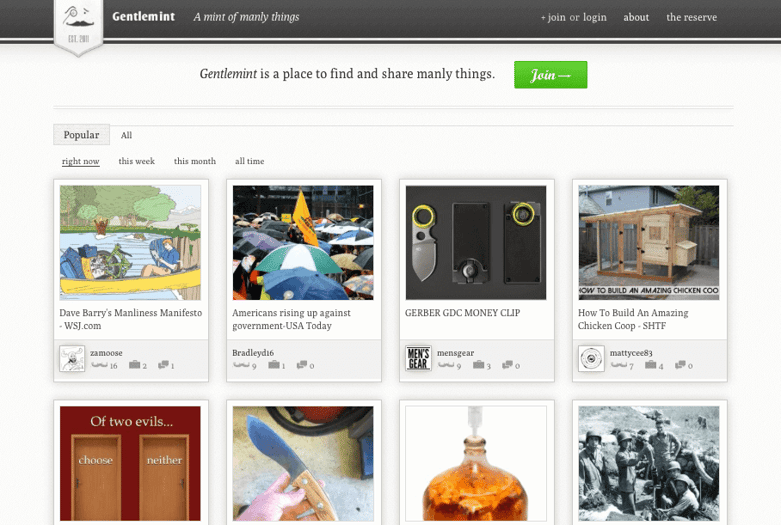
Many businesses find that it can be hard to reach their target audience with large social media channels, such as Facebook, Google+ or Twitter. As niche social networks increase, businesses can use them with their marketing strategies in order to reach specialized target markets. Niche social networks target narrow audiences and help businesses connect with potential customers. Here are a few examples of niche social networks:
Gentlemint is like Pinterest for guys. Post your manly products here, and it will give you great opportunities to reach new customers.
Kaboodle is a great niche network for any kind of fashion retailers. Consumers can create style boards using product images. In addition, you can carry out polls to see what your target market likes most, and you can create a blog magazine for your business.
For authors, publishers, or literary agents, Goodreads and LibraryThing are great networks to promote books on. LibraryThing works well for businesses that produce eBooks or for authors that want to form a social relationship with their readers.
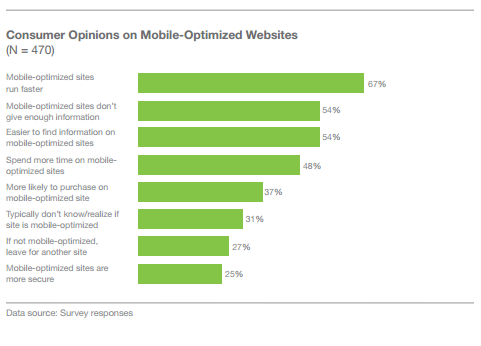
On Black Friday 2013, around 40% of all purchases were made online via mobile devices. Custora even dubbed it “Mobile Friday.” As customers continue to grow more and more empowered to purchase on their mobile devices, businesses must ensure that their websites are fully optimized for seamless browsing across platforms. According to the 2014 Mobile Behavior Report from Exact Target,
Responsive design adapts the website to the screen in use. Ecommerce sites will move more towards responsive design in order to optimize the cross-channel shopping experience.
Once customers see something they like and want to purchase online, it is vital for ecommerce stores to have a simple, straightforward checkout. Marketing can bring new customers to your store, but unless you have an easy checkout, customers may leave without purchasing anything.
Simplifying your checkout is all about eliminating obstacles to conversion. A custom-built payment solution will help customers to feel comfortable and safe during the checkout process. Also, it is important to provide several payment options to cater to all customers, such as PayPal, Google Wallet, and all major credit/debit cards. Always use concise steps, highly visible buttons, and easy shipping options to give your customers the best possible checkout experience.
There are several features that are popping up around the web to enhance search on ecommerce stores. Many big brands are using autocomplete to help customers find what they are looking for, easier and faster than ever before. Many stores are even showing thumbnails of products, descriptions, and price in their search. Refinement options are another way to enhance the search experience. For ecommerce stores that want to go above and beyond in the search realm, allow customers to sort search results by number of Facebook likes or relevancy based on their demographics.
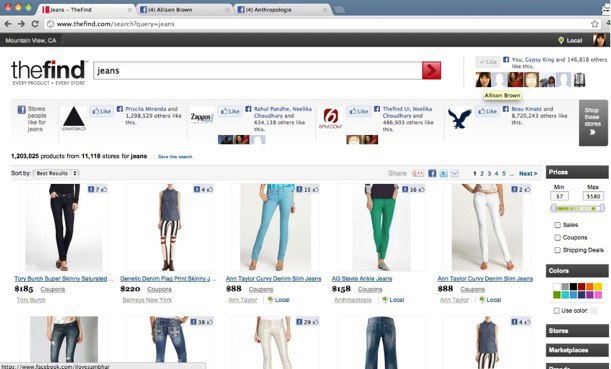
The Find has incorporated social data into their search. When customers sign in to Facebook Connect, they will see search results based on their personal demographics, past shopping history, and Facebook Likes.
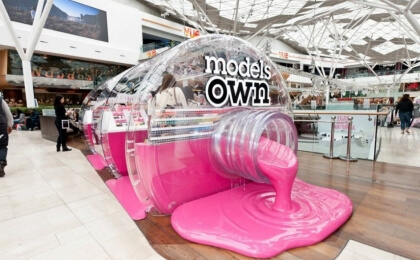
Several online retailers are using pop-up shops to promote their brands and increase sales, and the customers love it. Ecommerce pop-up shops can last anywhere from 1 day to 3 months and can be present in several mediums. From malls to school busses, these physical ecommerce shops are popping up everywhere. Online retailers are using the pop-up shop model to promote new products, increase brand awareness, or even just to try a new method of marketing. Pop-up shops allude to omnichannel retail, the future of retail.
The Super-Bowl is the greatest example this year of successful real-time marketing campaigns. Some of the biggest brands took to Twitter during the big game to send out some funny tweets and simultaneously benefit from it.
JC Penney generated a lot of buzz with their non-sensical tweets. Turned out it was a creative ploy to promote their “Go” mittens.

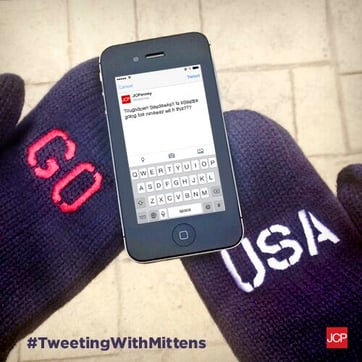
The key to successful real-time marketing is to connect your brand to an interesting story, while pushing the envelope (just a little) and finding a connection with your audience.
The world is becoming increasing mobile and keyboardless, so payments will continue to become easier for consumers. In an attempt to reduce fraud when purchasing online, many online stores will be using Voice Pay. Voice Pay uses voice authentication to make payments online.
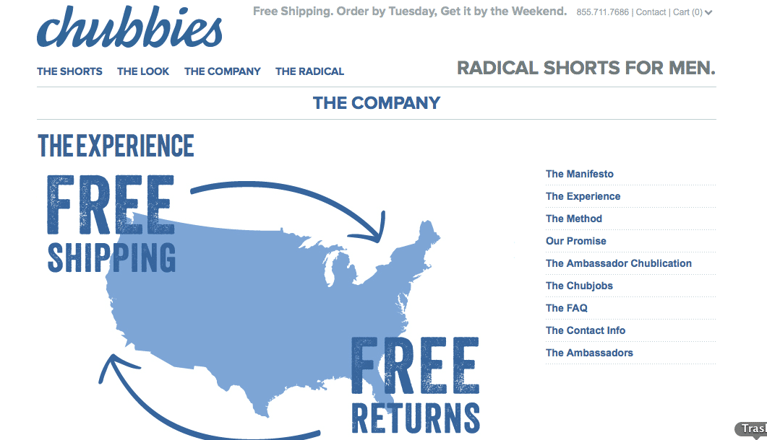
Consumers now expect free shipping and returns from ecommerce sites. In 2014, ecommerce stores will be using free shipping, free returns, and creative new ways to ship their products to customers. Click and collect services are being offered to shoppers who want to purchase their items online and pick them up in-store. Customers will expect faster delivery times and free shipping and free returns for every online order.
Remember, shipping and handling fees are the number one factor of shopping cart abandonment. Don’t let shipping fees be the reason your customers abandon their shopping carts.
Content marketing is nothing new, but with all the changes in SEO and Google algorithms over the past few years, this one thing remains constant: content marketing is still king. Most ecommerce businesses are aware of the importance of unique, relevant content. It will continue to remain of utmost priority for businesses that want to remain searchable and successful online.
This year, content will be all about relevancy. Customers want the latest and greatest, they want what their friends are having, and they want it now. Find ways to share ideas and interact with your customers while measuring the impact of your content marketing. In 2014, refocus your content on your customers.
Back to topNo worries, download the PDF version now and enjoy your reading later...
Download PDF Miva
Miva
Miva offers a flexible and adaptable ecommerce platform that evolves with businesses and allows them to drive sales, maximize average order value, cut overhead costs, and increase revenue. Miva has been helping businesses realize their ecommerce potential for over 20 years and empowering retail, wholesale, and direct-to-consumer sellers across all industries to transform their business through ecommerce.
Visit Website